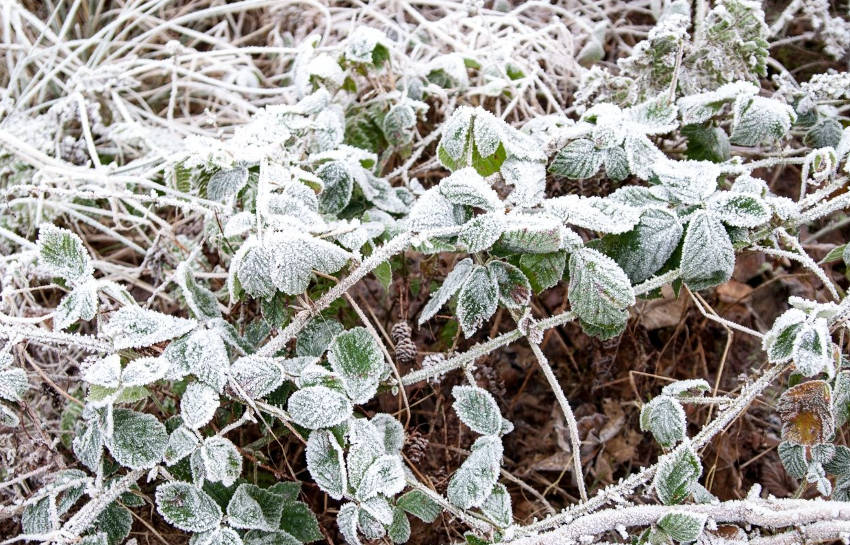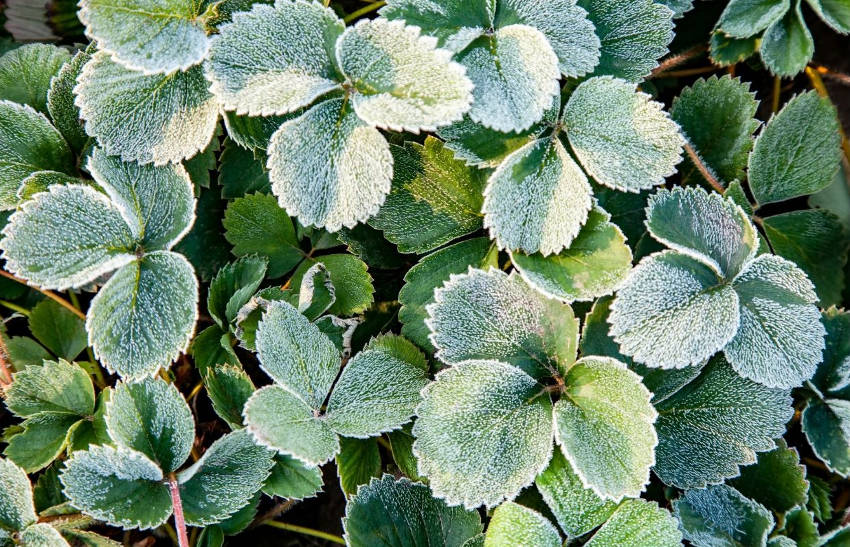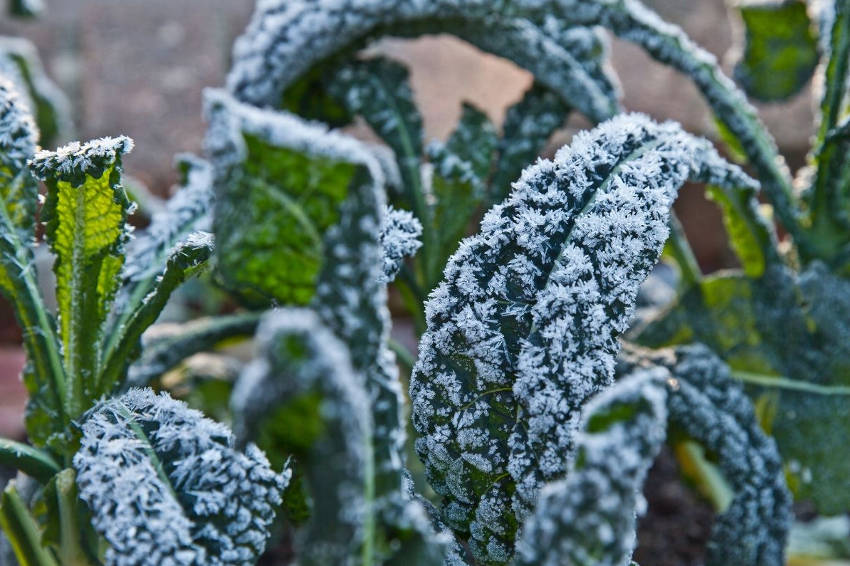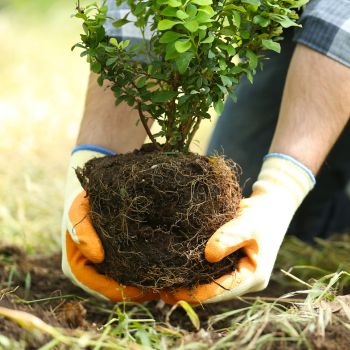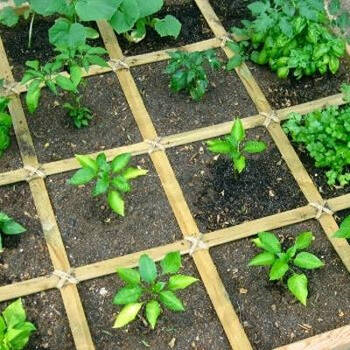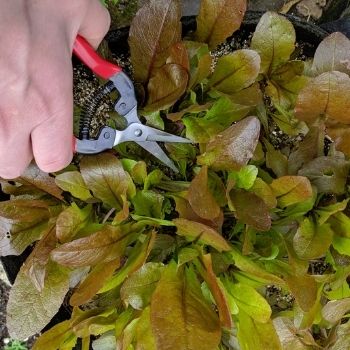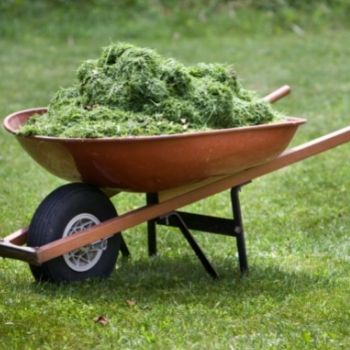Gardening life would be dull indeed if you could only grow plants 100 percent native to your location and climate. But cultivating species which don't originate in your area definitely causes some difficulties.
One of the main ones is protecting tender plants from frost, a weather event that can spell doom for a plant which hasn't evolved to handle your location's temperature extremes.
Frost is fairly common in the southern parts of the country, and anywhere outside the warmest areas you're likely to come up against one sooner or later, even if it's not a yearly occurrence. But luckily, with a little preparation and knowledge, you can usually avoid the worst of the effects.
Why is Frost So Dangerous?
White frost is the most common type that happens in Australia. It forms when the air cools below zero, and its moisture content freezes out to the familiar white crystals coating the ground and your plants.
A similar but less common type is black frost, where the air falls below zero, but there is insufficient water content to produce the crystals. The water content of the plants still freezes, leading to plant damage without the visible warning of the ice.
Whichever type of frost you encounter, the basic effects are the same. The soft, new growth of a plant is full of sap, which expands as it freezes. This can rupture the plant's cells, damaging their structure.
The upshot is that the leaves and stems become scorched, blackened, and wilted. Stems can collapse in on themselves, and in particularly severe cases, the plant will effectively turn to mush as it thaws.
This isn't necessarily fatal to the plant: if the roots are well protected, it may well survive. Nonetheless, it's stressful, sets back growth, and should be avoided if possible.
Which Plants Are Most at Risk?
Plants can be divided in to two broad types, frost tender and frost hardy. As with so much in gardening, the picture isn't completely clear cut. Some frost-hardy plants can survive extremes of 15 degrees below, others can cope with only the mildest frost.
But frost-tender plants are more easily defined. In general, they're the ones with plenty of tender foliage, usually with non-woody stems. Evergreens and annuals are the least resistant to cold, most often natives of the north or imported species.
The most common warm-weather vegetables include tomatoes, peppers, eggplant, melons, okra, climbing beans, and cucumber. All of these will need to be sown and grown with potential frosts taken in to account.
Fruiting trees and bushes are also at risk. The plant itself may be winter hardy, but a sudden frost during blossoming can reduce or even prevent that year's fruit setting.
On the other hand, many common vegetables are relatively hardy. Root vegetables such as carrots are given some protection by their soil covering. Brassicas in general are tougher and can take the cold, but darker leafy greens like spinach and kale, or that winter favourite the Brussels sprout, are particularly hardy.
Some legumes such as peas or broad beans can cope with a light frost, and it's said that a burst of cold weather can improve the sweetness of the final harvest.
Lastly, and perhaps surprisingly, lettuce and other salad greens are usually frost-tolerant to some extent, despite their tender foliage. However, extended frosts will usually cause them problems, stopping their growth either temporarily or for good.
Below: Frost damaged zucchini and eggplant plants.
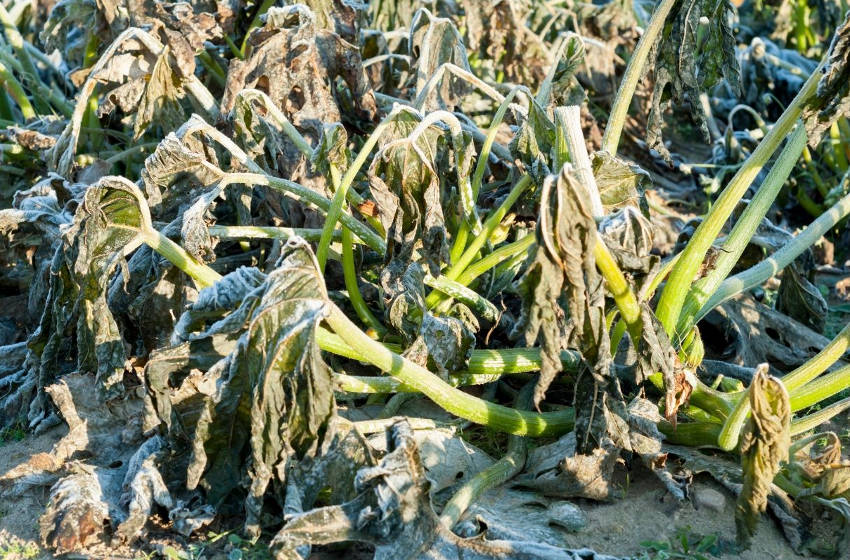
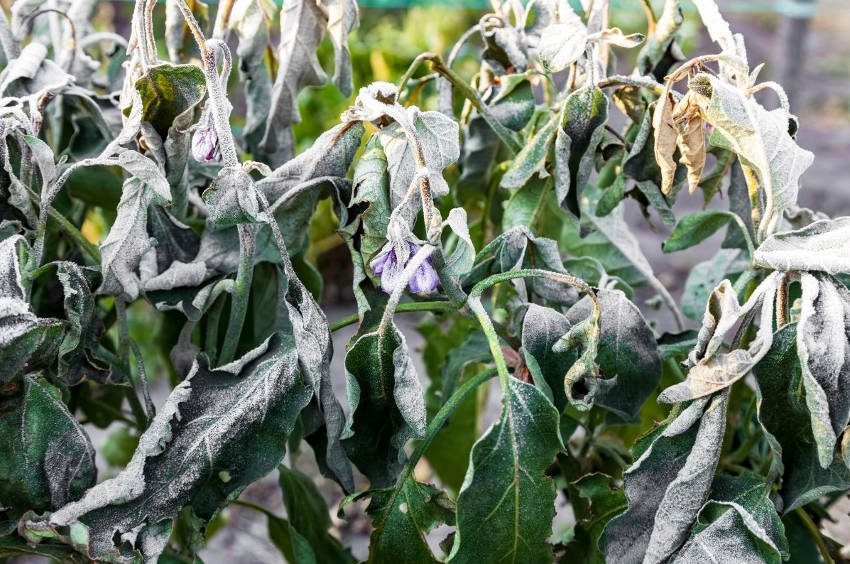
When to Protect Frost-Tender Plants
Clearly, frost-tender plants should be given protection over winter. However, early frosts can come suddenly at the vital time of ripening and harvesting.
Perhaps even more dangerously, late spring frosts can cause much more damage as the young, fast-growing plants are less resistant. At any time outside high summer, keep an eye on the weather forecasts to avoid unpleasant surprises.
Container Plants
Plants in containers are highly susceptible to frost, as the smaller volume of compost cools and freezes more quickly than the open soil. Luckily, containers are also the easiest to protect. If possible, move them to a more sheltered location, ideally a greenhouse or cold frame.
But whether you can relocate them or not, wrap the containers with a layer of fleece or bubble wrap to provide insulation. Also consider wrapping the plant itself in the case of evergreens.
A layer of mulch on the compost surface is a good idea, and for extra protection, group the wrapped containers together to provide insulating strength in numbers.
Plants in the Garden
For plants in the open soil, protection in-place is needed. Smaller evergreen plants can be covered with cloches, bags, plastic covers, or cloth sheets. Be careful to prevent contact between the cover and the plant's foliage or blossoms, as this can cause damage if they stick together.
For perennial plants which die back over winter, covering the soil with a layer of hessian, sacking, or cardboard will give a little extra protection. Alternatively, use a thick layer of organic mulch to provide soil improvement benefits at the same time.
Larger plants can be draped with horticultural fleece, old bed sheets, or even plastic wrap. Again, try to minimise contact between the cover and tender parts of the plant, using canes or stakes to provide a structure if necessary.
Take Care Over Pruning
The parts of a plant most at risk from frost damage are the sappy, tender areas of new growth. Because of this, stop any pruning well before the first frosts are expected, giving your plants time to harden their freshly cut stems.
Similarly, if frost damage does occur, don't be tempted to prune away the affected parts. They may look diseased, but removing them will only make things worse. These damaged parts actually provide some measure of insulation for the rest of the plant, so leave them alone until all risk of frost has passed.
Go Easy on Late Fertiliser
If your area is prone to autumn frosts, hold back on adding nitrogen-rich fertiliser from mid-summer onward. This will help keep fresh foliage growth in check, hardening up the plant a little before the first frosts arrive.
Planning for Frost
However, while protection is useful, careful planning to reduce the impacts of frost is the long-term solution.
- Identify the most exposed areas of your garden which are likely to form frost pockets, and plant only your hardier species there.
- Add sheltering plants or structures to reduce icy winds in exposed spots.
- Site frost-tender plants in soil with good water retention, as this helps maintain a more stable temperature, protecting against sudden, sharp frosts.
- Look for hardier cultivars of your favourite plants, if available.
- If possible, invest in a cold frame or greenhouse to protect annuals from late frosts as they develop.
For many gardeners, frost is something to be aware of even if it's a relatively rare event. But whether you live in a predictably frosty area or not, taking a few simple measures can make all the difference to your plants' survival chances when one does occur.
